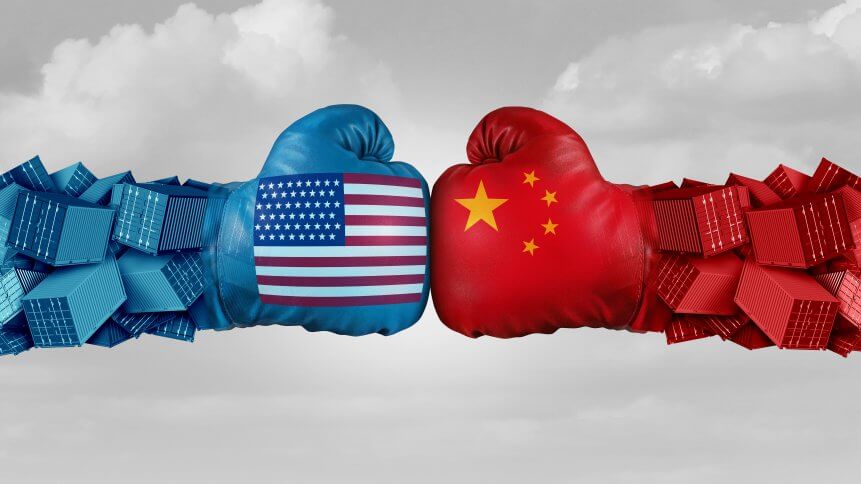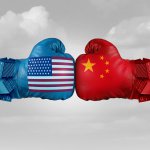The US slapped with a WTO lawsuit from China over chip curbs

In October, when the Biden administration unveiled a sweeping set of export controls that banned Chinese companies from buying advanced chips and chip-making equipment without a license, we anticipated that China would retaliate. Washington’s unprecedented steps aimed to limit the sale of advanced chips and chip-making equipment to China, a move that could very well cripple the latter’s technological advancement domestically.
China did not react immediately. In fact, it wasn’t until this week that the country officially retaliated. Instead of making a move that would impact companies from both nations, China instead filed a dispute with the World Trade Organization, in an effort to overturn the US-imposed export controls. According to a statement from its Ministry of Commerce, China lodged a complaint with the WTO on Monday.
China is arguing that the US is unfairly using vague security-related justifications to hold back its rival, with the chip curbs threatening China’s foothold in the US$580 billion industry. The Ministry also highlighted that in recent years, the US has expanded its concept of national security, abused export-control measures, and hindered the normal international trade of semiconductors and other products.
All of which, China claimed, had threatened the stability of the global industrial supply chain and disrupted the international economy. Now, Beijing will use the WTO’s dispute settlement mechanism to challenge US export controls on products such as chips to China to defend its rights and interests, its Ministry of Commerce said in a statement posted to its website.
The Ministry also urged the US to abandon what it called zero-sum thinking, correct its mistakes in a timely manner, and otherwise take steps to put trade between the countries on a normal footing and add stability to international supply chains. A spokesman for the Office of the US Trade Representative confirmed that the US has received a request for consultations from the People’s Republic of China related to certain US actions affecting semiconductors.
“As we have already communicated to the PRC, these targeted actions relate to national security, and the WTO is not the appropriate forum to discuss issues related to national security,” he said, according to the Wall Street Journal. While the “appropriate forum” may or not be the WTO, it is true that even if China is successful with its case, the WTO lacks the ability to force the US to reverse its actions on the chip curbs.
Washington has also been asking its allies to go along with the restrictions, and that is already putting more pressure on China. For US companies, meanwhile, the rules have caused some pain because China is the largest market for semiconductors, and chipmakers that sell to the country expect to lose billions of dollars in revenue.
China’s move marks the first stage of the WTO’s lengthy dispute resolution process. According to Bloomberg, the US now has 60 days to enter into consultations. If that doesn’t resolve the issue, Beijing can request the establishment of a WTO panel. “It could take several years for the case to work its way through the WTO’s backlogged dispute-settlement system. And even if China wins the case, the US could essentially veto the outcome by appealing the decision to the WTO’s slow-moving appellate body,” Bloomberg’s report reads.
Whether China actually expects results from the WTO process is highly debatable. What it does ensure is that the US moves, which have been painted in the West as purely pro-industry and national security related, will be at least partly reframed as a form of arguably unfair economic aggression in a worldwide forum. It also allows China to point out, when it accused of being a threat to US national security, that it has used widely available diplomatic options to try to get the US to back down from its potentially harmful protectionism.









